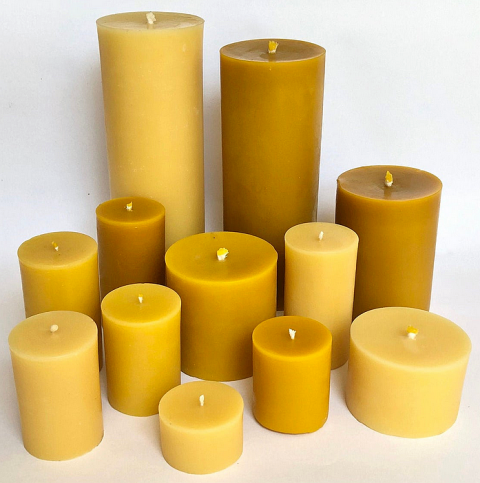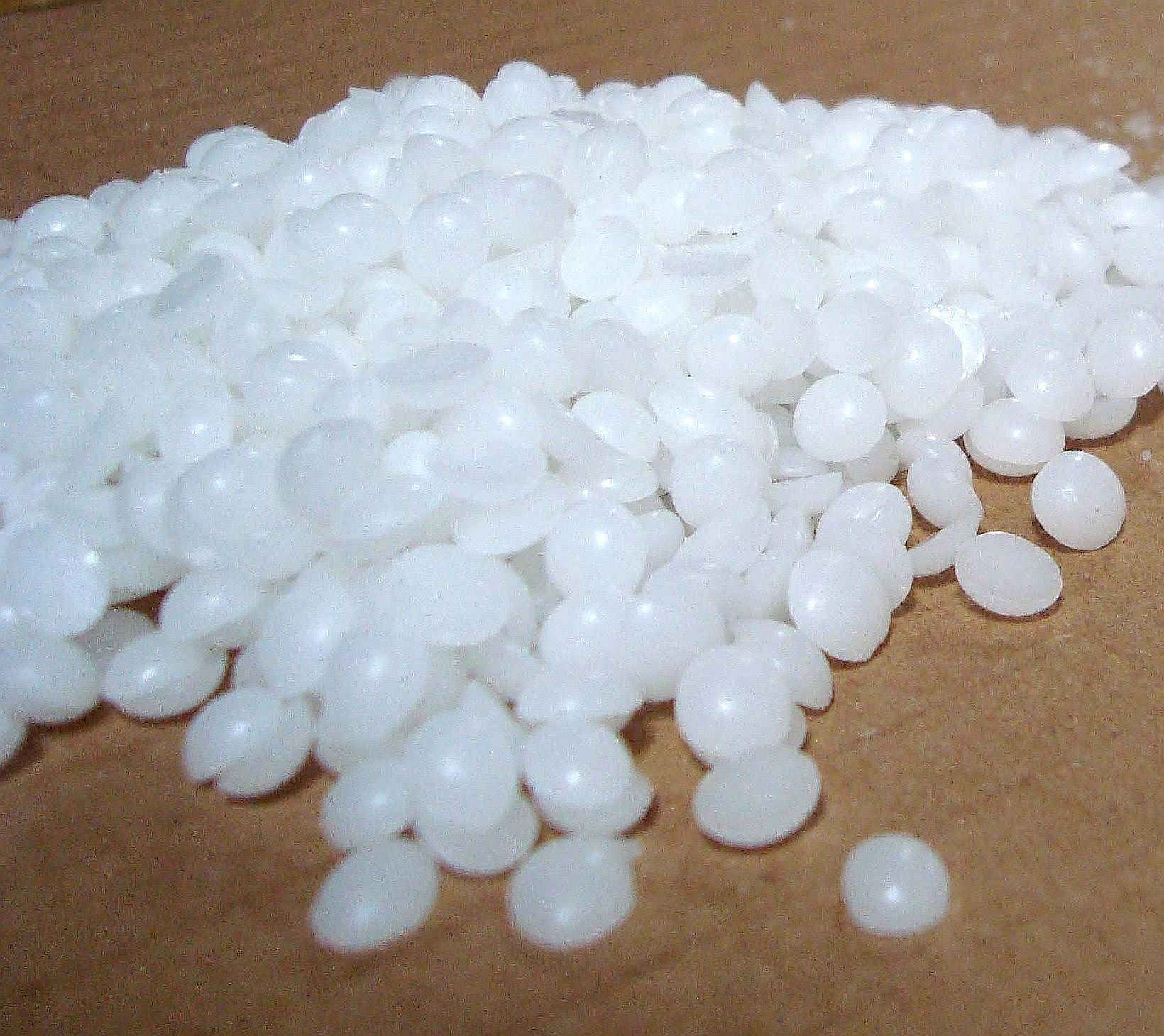
Waxes and paraffin would seem to refer to the same thing, and perhaps to some extent, the words are used interchangeably. In fact, paraffin is sometimes called paraffin wax or petroleum wax. Nevertheless, technically, they are different, and the difference should interest us. Let’s begin with what a wax is.
Waxes
Waxes are esters1 of a long-chain alcohol2 (12 to 32 carbon atoms) with a fatty acid. One example of a long-chain alcohol is lauryl alcohol (CH3(CH2)11OH). But what is a fatty acid?
A fatty acid is (typically) a carboxylic acid that has a long carbon chain3. One example is palmitic acid (CH3(CH2)14COOH). Palmitic acid is a saturated4 fatty acid.
Some fatty acids are unsaturated. An example of an unsaturated fatty acid is oleic acid (CH3(CH2)7CH=CH(CH2)7COOH).
Notice the double bond about half-way along the carbon chain. The adjacent carbons are each missing a hydrogen atom. The two adjacent carbon atoms for another bond to each other by way of replacement.
Paraffin

On the other hand, one online definition of paraffin is “a flammable, whitish, translucent, waxy solid consisting of a mixture of saturated hydrocarbons, obtained by distillation from petroleum or shale.
The word “waxy” is not meant to imply paraffin is the same thing as a wax. True, it has a “waxy” look and feel. And it is sometimes referred to as ‘paraffin wax’ or ‘petroleum wax’. However, its chemistry says otherwise.
The saturated hydrocarbons alluded to have a large enough molecular weight that they are not gaseous or liquid, like saturated hydrocarbons with a smaller carbon count. For instance, the saturated hydrocarbon propane (CH3CH2CH3) is a gas. Propane, we note, possesses just 3 carbon atoms.
Octane (CH3CH2CH2CH2CH2CH2CH2CH3) with 8 carbon atoms, is a liquid.
Paraffin constituent molecules characteristically possess 20 to 40 carbon atoms each.
Wax and Paraffin Uses
Paraffin burns cleanly. Hence, it is useful in the manufacture of candles. It’s chemical inactivity and low melting point make it particularly well-suited for home canning. It is also used in lubrication and the production of crayons.
Waxes are useful in many ways. This is because the properties of waxes may vary widely according to the component alcohols and acids. Among the natural waxes are beeswax, carnauba wax, and lanolin. Natural waxes are found in everyday products such as coated dental floss, surfboard polish, confectionery coatings (e.g. Tic-Tac® mints), and of course, beeswax candles.
1 An ester is a compound produced through the uniting of a carboxylic acid and an alcohol with the loss of water. R-COOH + R’-OH → R-COO-R’ + H2O.
2 An alcohol is a carbon-chain structure, joined to a hydroxyl group, R-OH.
3 The carbon chain does not have to have a single strang, but can have short branches. The tally of carbon atoms in the chain includes that of the branches.
4 A saturated hydrocarbon has all single bonds between its carbon atoms. An unsaturated hydrocarbon has at least one multiple bond (double or triple).
Note: You might also enjoy Esters: Their Structure and Preparation
References:
- UCLA Chemistry & Biochemistry: Illustrated Glossary of Organic Chemistry: Paraffin
- UCLA Chemistry & Biochemistry: Illustrated Glossary of Organic Chemistry: Wax
← Back to Classic Science
← Home
